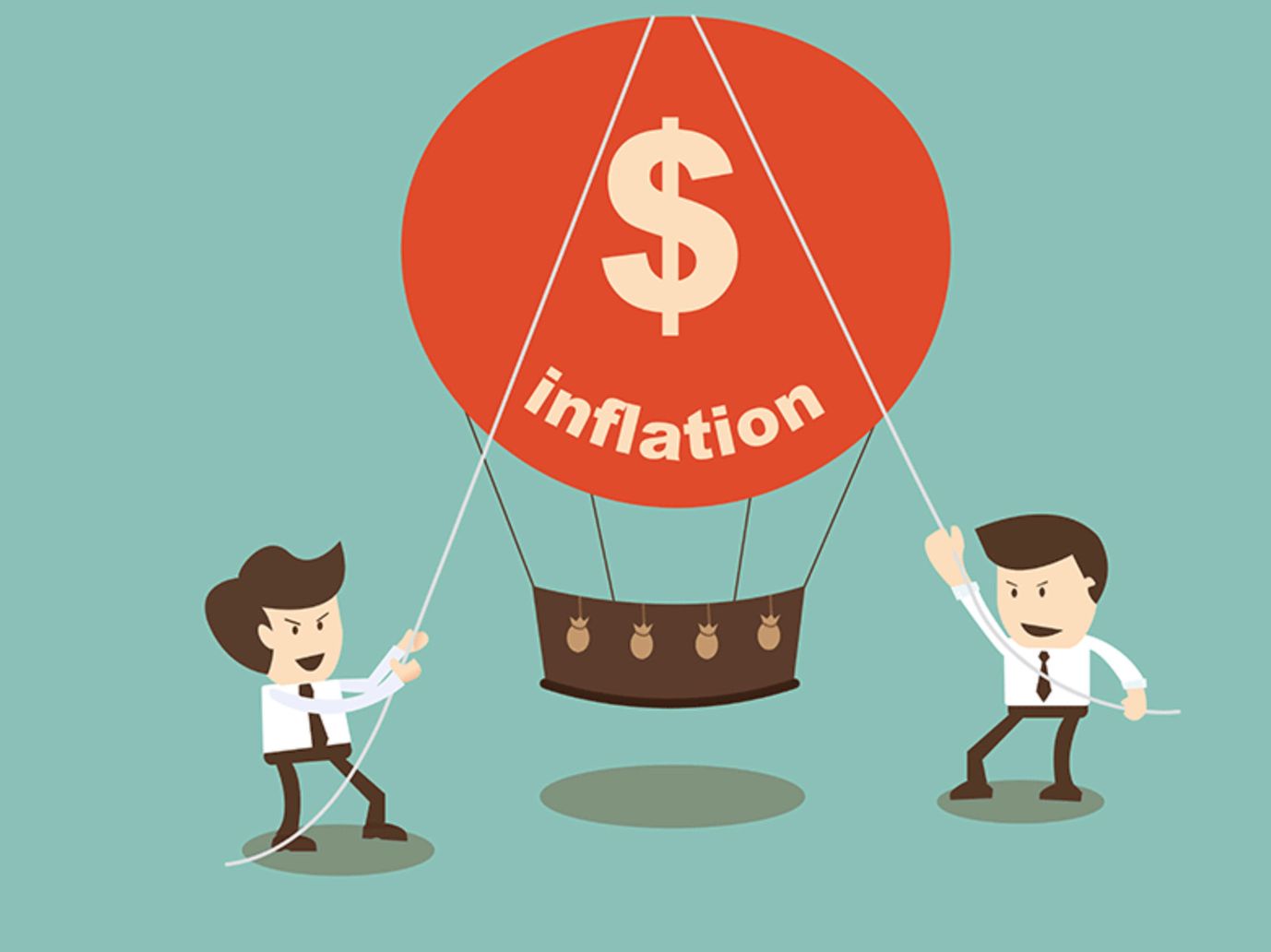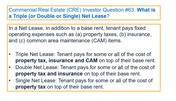Glossary of Apartment REIT Terms
NOI (Net Operating Income) - Total property level operating revenue less total property operating expenses. If thinking about REITs versus other types of business, NOI is akin to adjusted EBITDA but adds back corporate overhead expenses. The rationale for doing so is that when apartment assets are bought and sold, the basis for doing so is property level NOI. The buyer of an apartment asset does not inherit corporate overhead when purchasing an apartment complex, thus corporate overhead expenses are excluded from NOI.
Cap Rate - NOI divided by property value. It is similar to the inverse (1/x) of an Adjusted EBITDA multiple for real estate. A 4 cap is 25x EV/Adjusted EBITDA.
Cap Rate spread- cap rate less 10 year Treasury rate
Implied cap rate - company NOI divided by total capitalization of company (market cap + preferred equity + net debt - development - other).
Enterprise Value = total capitalization (defined below)
Total Capitalization = market cap + preferred equity + net debt - development - other
Market capitalization = share price * total shares outstanding
Net Asset Value (NAV) = market value of assets - debt - less preferred equity. Note that under US GAAP, NAV is almost always greater than book value (balance sheet equity per share). Book value is depressed by ongoing depreciation charges. While the US GAAP accounting book value of the asset is depreciating, in over an extended period of time, the apartment assets are usually appreciating.
NAV per share = NAV / total shares outstanding.
Private market value = the price a knowledgeable private market buyer would pay for an asset or a collection of assets. NAV is calculated using estimated private market value.
LTV (Loan to Value) = % of debt used to finance the property or portfolio. LTV =debt / property value. Typically 50-80% in the private market. In the public (REIT) market, LTVs are typically below 35%.
Economic Occupancy - percent of units physically occupied and paying rent
Physical Occupancy - percent of units physically occupied
Loss to lease - a measure of rents received versus current market for rent. Loss to lease implies that the property has below market rents (losing due to current lease terms). While 'loss' has a negative connotation, this is actually positive as it means there is room to raise rents which are below market value.
Gain to lease - a measure of rents received versus current market for rent. Gain to lease implies that the property has above market rents (losing due to current lease terms). While 'gain' has a positive connotation, this is negative as it means there is room for rents to decline to market levels.
Development yield - NOI divided by total cost of development.
Lease up - a newly developed property which has received its occupancy certificate and is in its initial leasing phase (unlike other property types like office, industrial, and retail apartment properties start at 0% occupancy). After completing lease up (90% occupancy for 90 days), a property is considered 'stabilized'.
Stabilized property - once initial lease up has been completed and the property has achieved 90% occupancy for 90 days
Same store portfolio - stabilized properties which have been in the comparable group for one year or more. Excludes major renovations, lease-ups, recently acquired properties.
Non recourse loan (NRL) - a loan that is backed only by the property itself. The most common type of non recourse loan is simply a mortgage on the property.
Maintenance or recurring capital expenditure (capex) - non-revenue generating capital expenditure required to maintain the current value/condition of the units/property
Private Eye Capital Newsletter
Join the newsletter to receive FREE actionable investment ideas.





